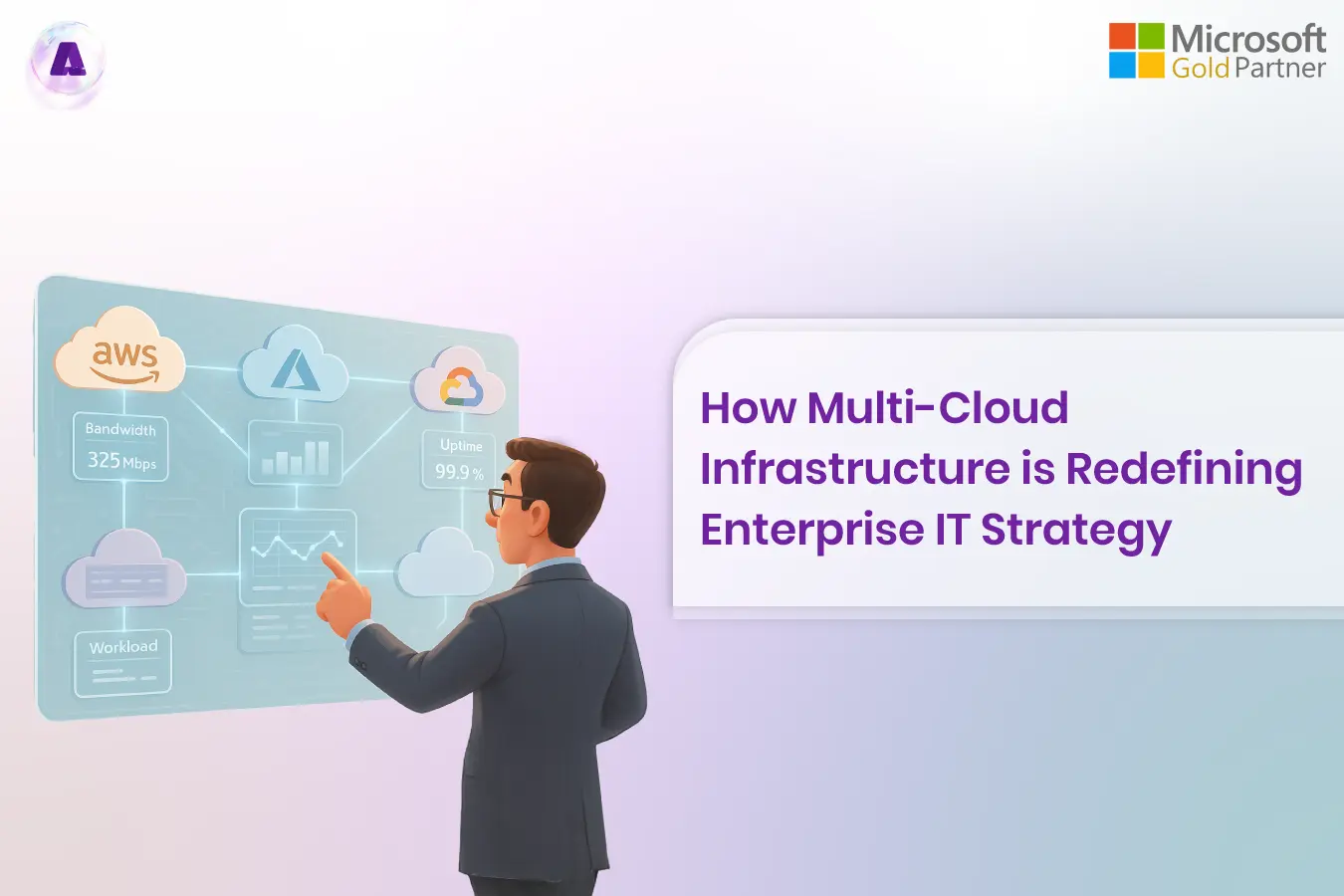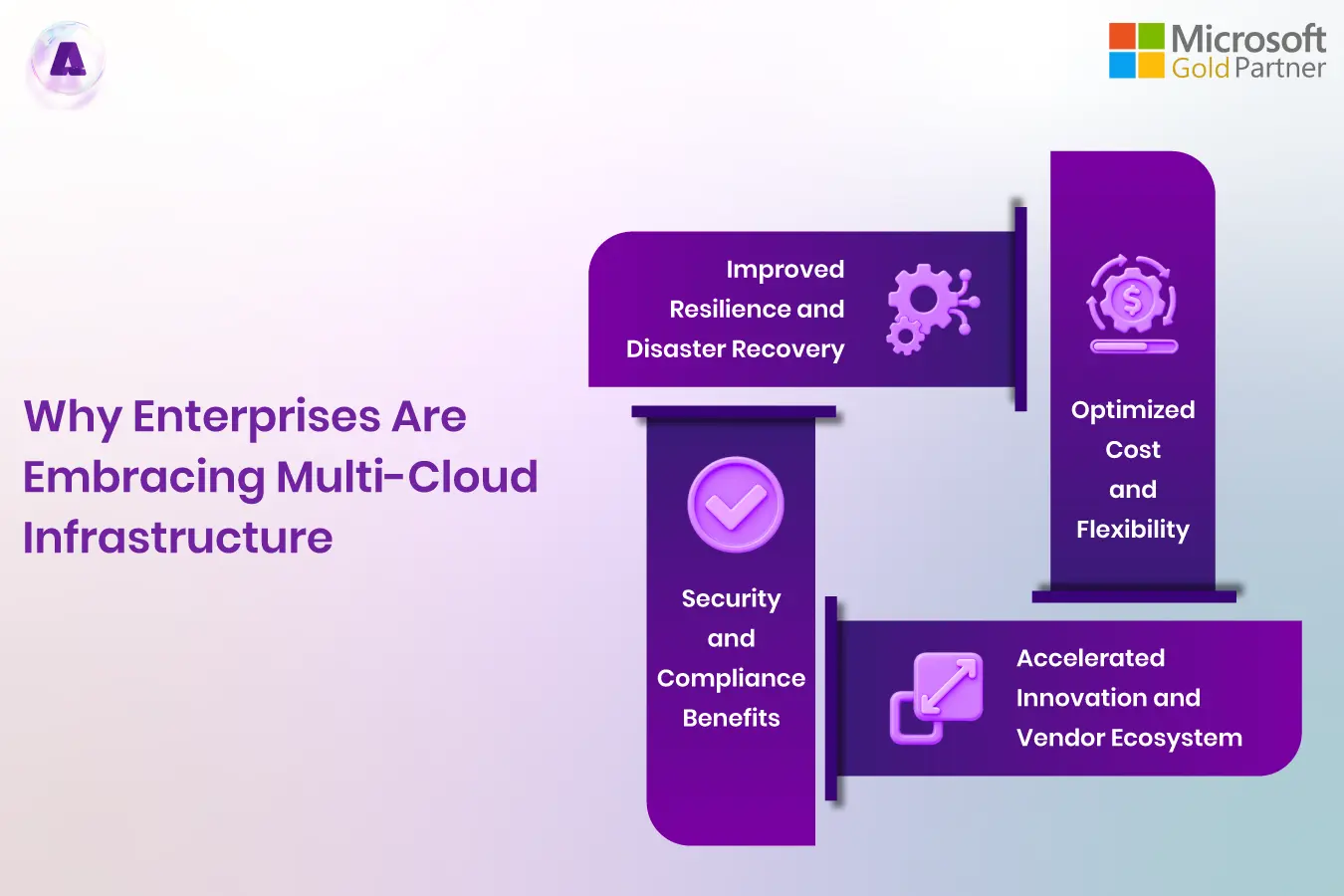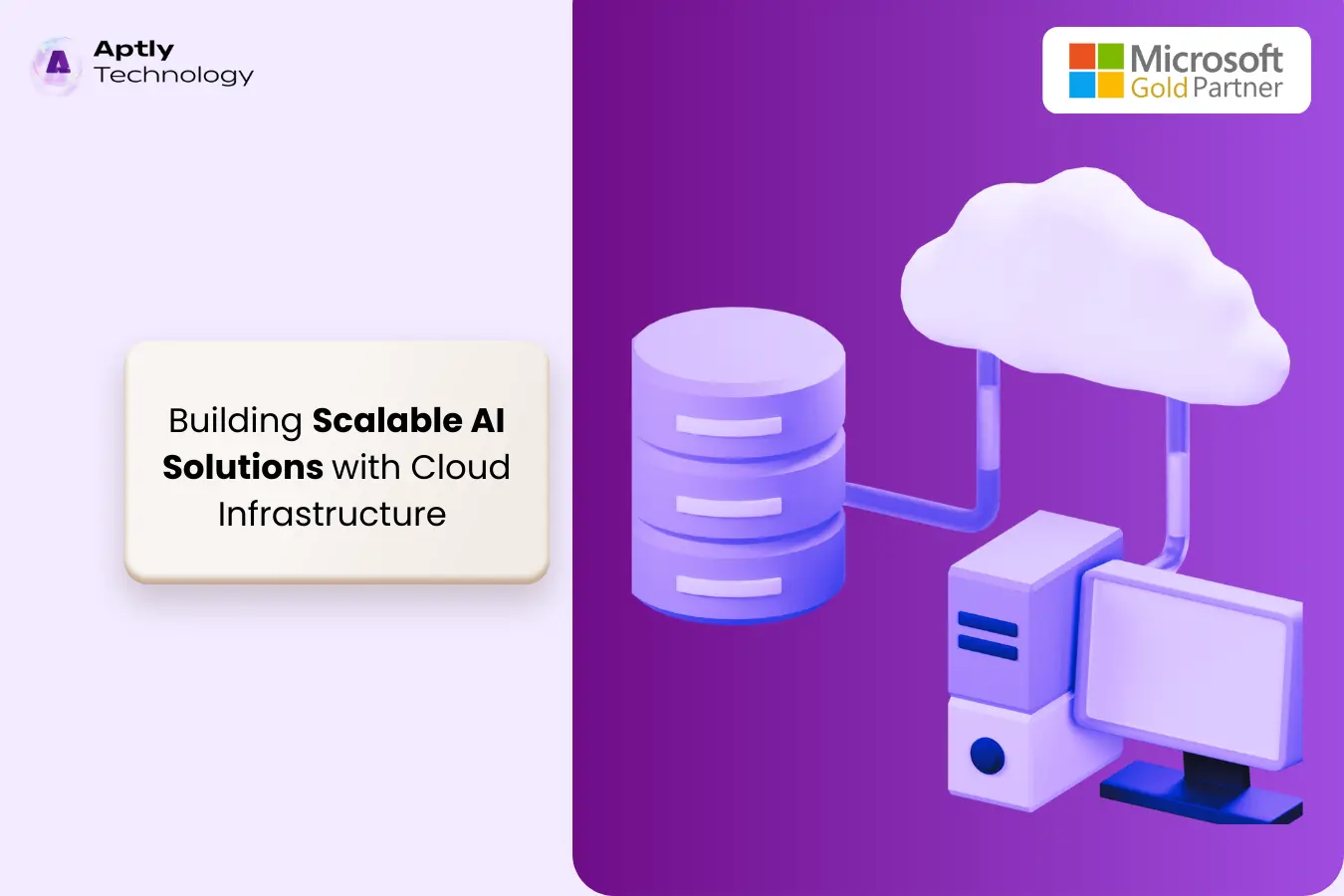
Introduction
Recent industry research shows that enterprises are no longer relying on a single cloud provider to manage their IT workloads. Instead, the vast majority have adopted multi-cloud strategies to better align with evolving business demands and to boost resilience. In fact, the Flexera 2024 State of the Cloud Report reveals that 89% of organizations are running a multi-cloud setup, and 73% use a combination of public and private clouds in hybrid configurations.
This shift signals more than just diversification—it’s a strategic evolution in enterprise IT. Organizations are building toward flexible, resilient, and performance-optimized infrastructures that break free from the limitations of a single-vendor model.
At the core of this evolution is multi-cloud infrastructure—a purposeful architectural strategy where applications, data, and services are distributed across multiple cloud platforms, including public, private, and hybrid environments. Unlike traditional approaches, this model allows organizations to take advantage of the unique capabilities of different cloud providers, reduce risks associated with vendor lock-in, and customize IT environments to suit specific operational and regulatory requirements.
More than a trend, multi-cloud infrastructure is becoming a foundation for greater agility, scalability, and innovation. It enables smarter workload distribution, stronger disaster recovery planning, and more efficient operations across business units.
In this blog, we’ll explore how multi-cloud infrastructure is redefining enterprise IT strategy—and why now is the time to rethink how your organization leverages the cloud.
Why Enterprises Are Embracing Multi-Cloud Infrastructure

1. Optimized Cost and Flexibility
Enterprises gain financial benefits by distributing workloads where they are most cost-effective. For example, Capital One leverages both AWS and Microsoft Azure to optimize costs and performance, choosing different clouds based on service and pricing advantages (Capital One Multi-Cloud Strategy, CIO Magazine).
Multi-cloud infrastructure also offers the flexibility to deploy workloads in locations that meet latency, security, or compliance requirements — a critical factor for global enterprises operating across diverse regions.
2. Improved Resilience and Disaster Recovery
By running applications and data across multiple clouds, enterprises enhance fault tolerance and disaster recovery. Netflix, for example, uses AWS extensively but also implements multi-region and multi-cloud strategies to maintain uptime during outages (Netflix Cloud Architecture, AWS).
Multi-cloud infrastructure reduces the risk of downtime due to provider-specific failures, thereby improving overall service availability.
3. Security and Compliance Benefits
Regulatory demands often require data to reside in specific geographic regions or environments with strict security controls. Multi-cloud infrastructure allows businesses to maintain compliance by selecting cloud providers or regions aligned with these policies.
Johnson & Johnson, a global healthcare company, uses multi-cloud deployments to meet diverse regulatory requirements across countries, leveraging Azure for HIPAA compliance and AWS for other workloads (Johnson & Johnson Multi-Cloud Strategy, Microsoft Case Study).
4. Accelerated Innovation and Vendor Ecosystem Access
Multi-cloud environments provide enterprises access to a broader ecosystem of tools and services, accelerating innovation. For instance, HSBC employs multiple cloud providers to tap into specific AI, analytics, and blockchain capabilities unique to each, enabling faster product development and deployment (HSBC Multi-Cloud Strategy, Google Cloud).
This strategic vendor diversification helps avoid technology silos and promotes collaboration with multiple cloud vendors for specialized solutions.
Real-World Challenges and Management Solutions
While multi-cloud infrastructure offers significant advantages, it also introduces complexities in management, security, and governance. Organizations must invest in robust cloud management platforms and automation tools to maintain visibility and control across environments.
Tools like HashiCorp Terraform and VMware Tanzu help enterprises orchestrate infrastructure-as-code across clouds, while Palo Alto Networks Prisma Cloud offers security and compliance monitoring for multi-cloud setups (Gartner Multi-Cloud Management).
Conclusion
Multi-cloud infrastructure is not just an operational trend but a strategic imperative reshaping enterprise IT. By leveraging multiple cloud platforms, businesses unlock agility, cost efficiency, resilience, and innovation at a scale impossible with a single provider.
As enterprises continue to digitalize and globalize, multi-cloud infrastructure will remain central to IT strategy, enabling organizations to meet evolving market demands and regulatory requirements with confidence and flexibility.





